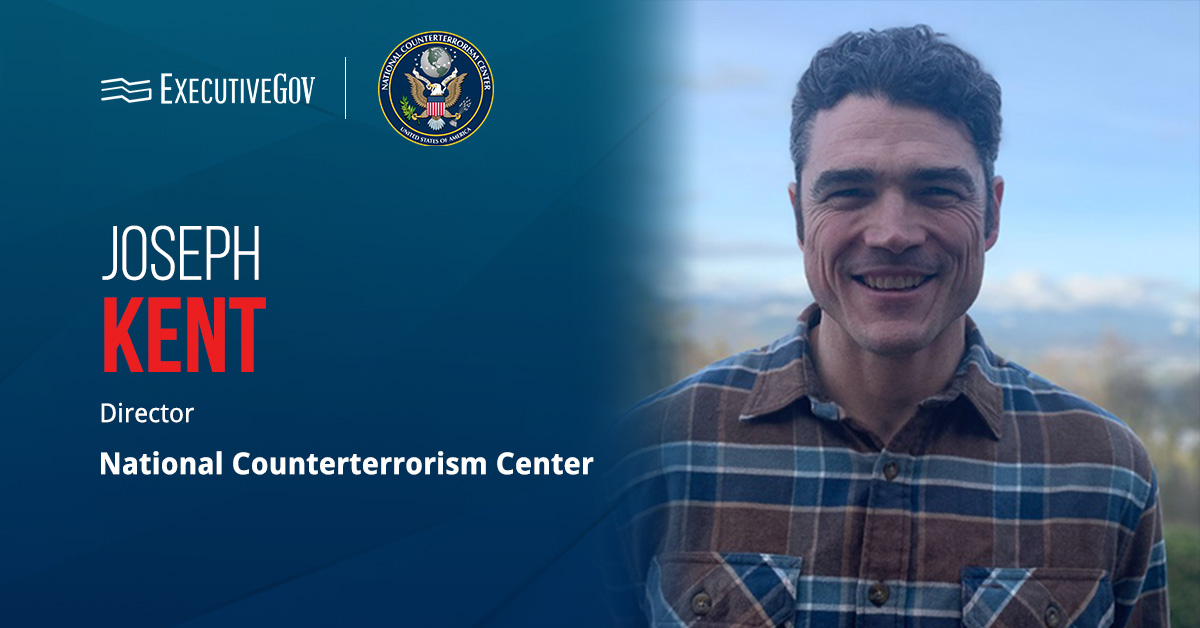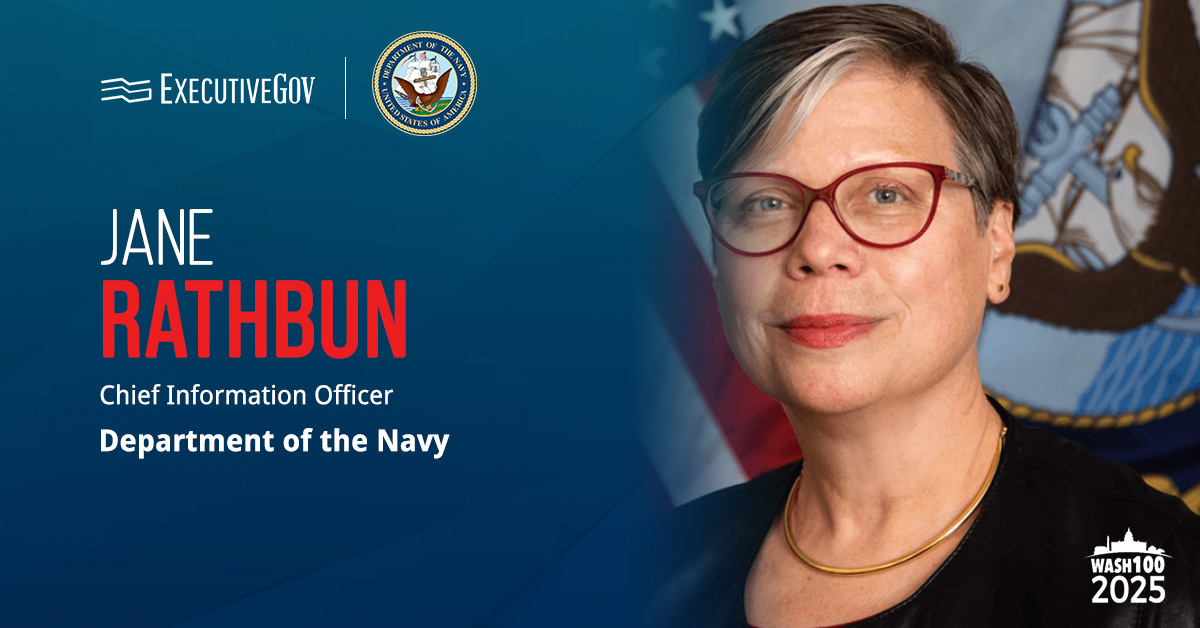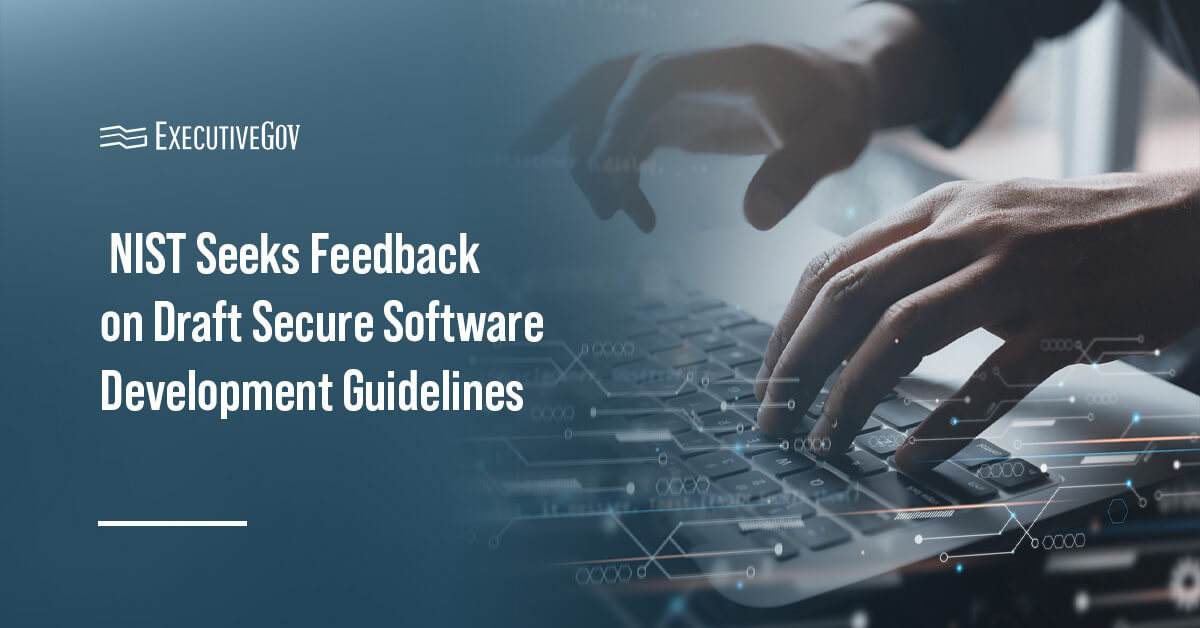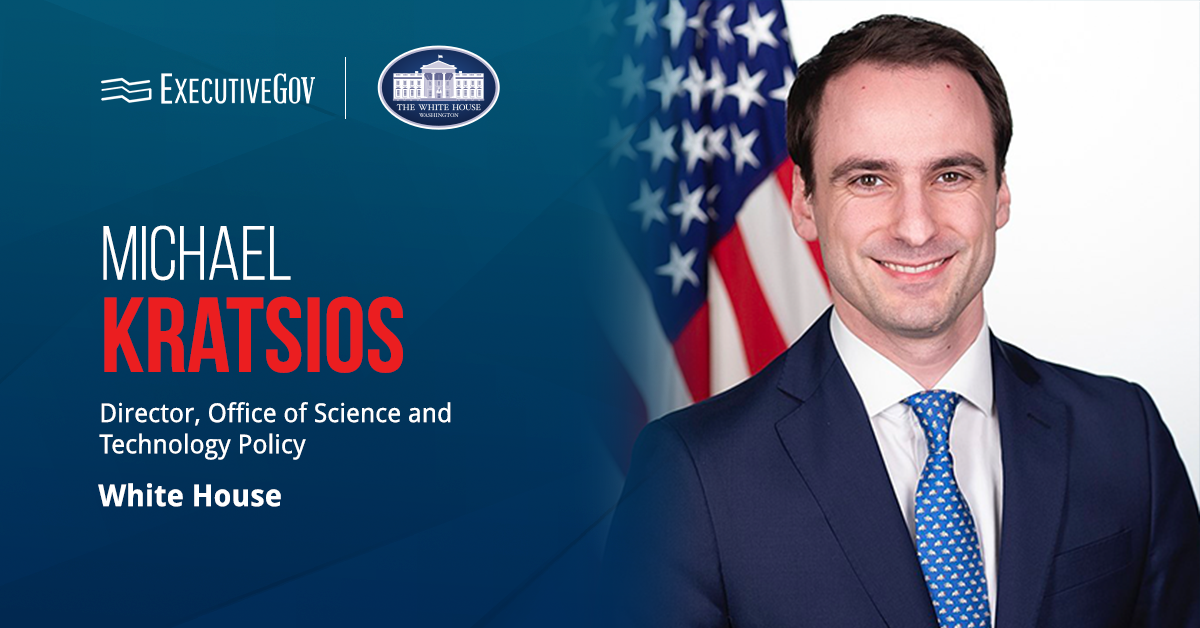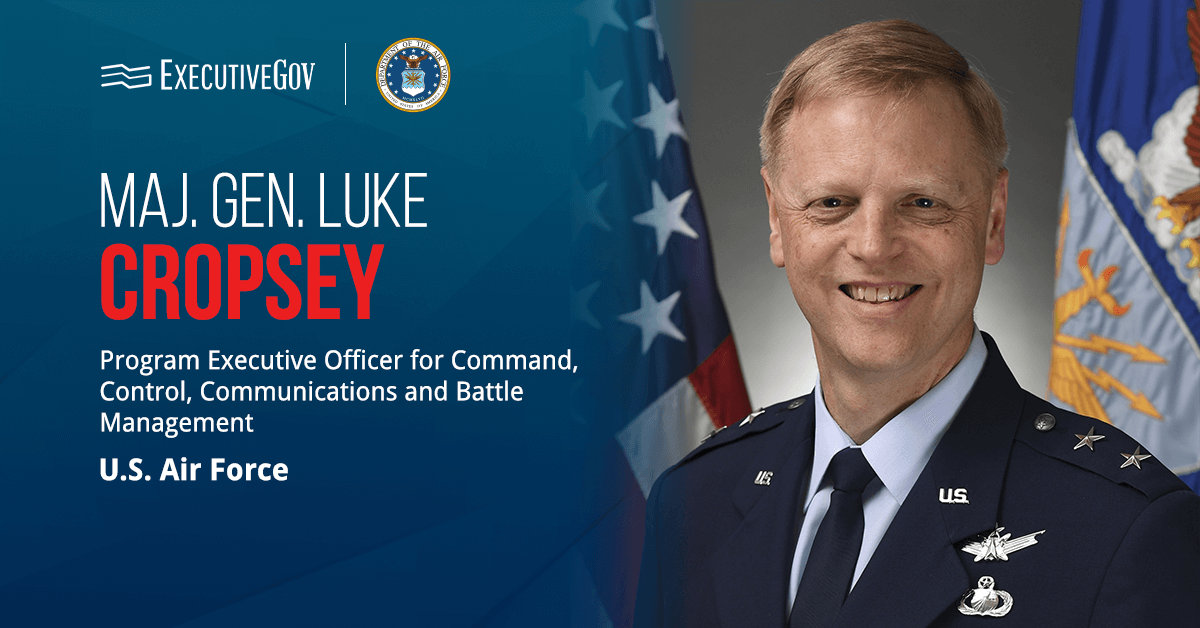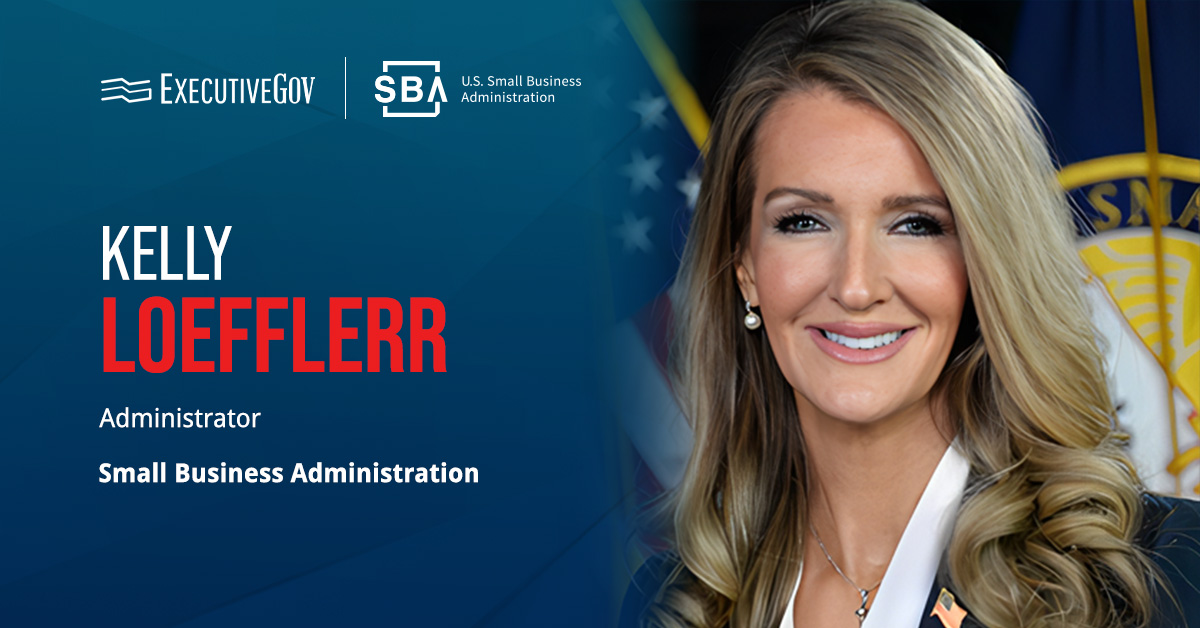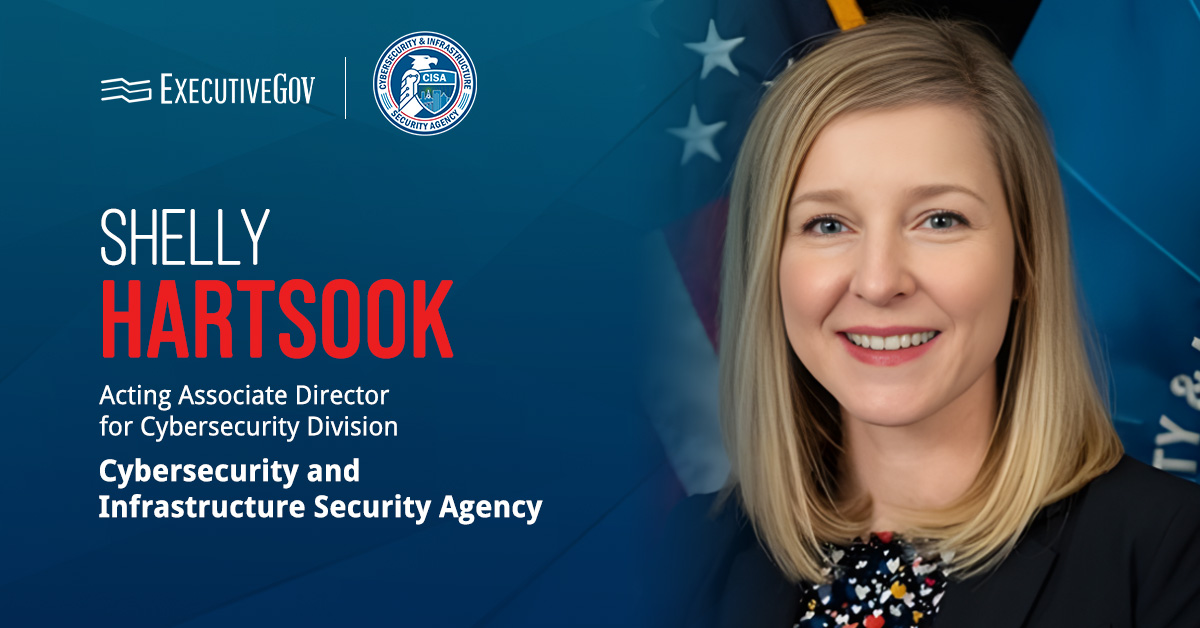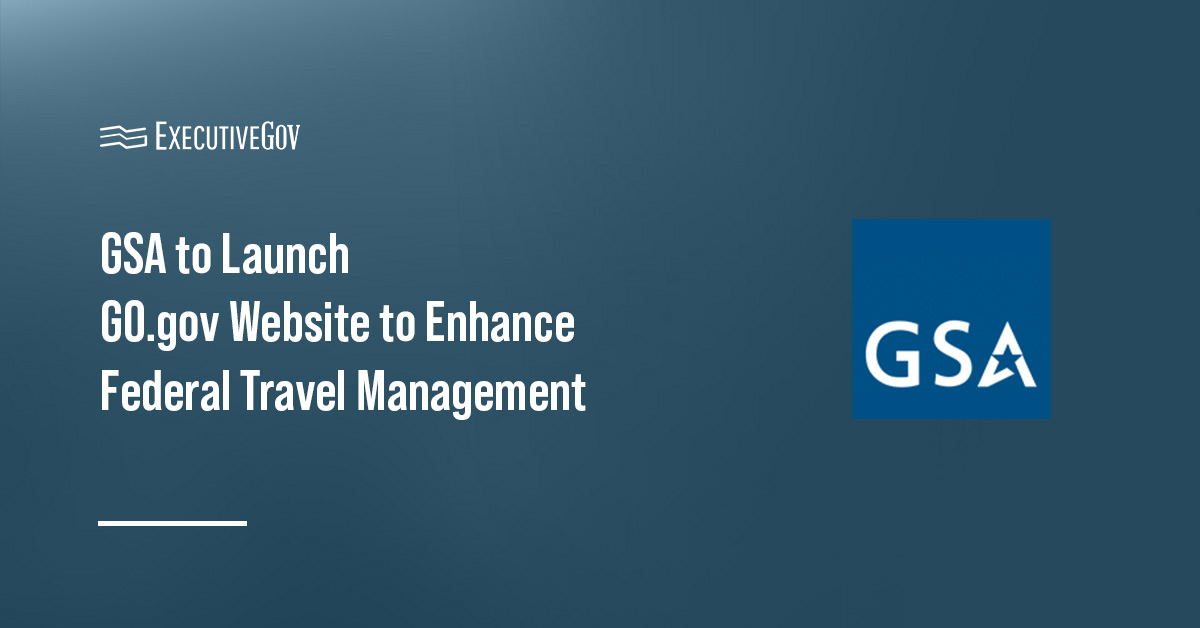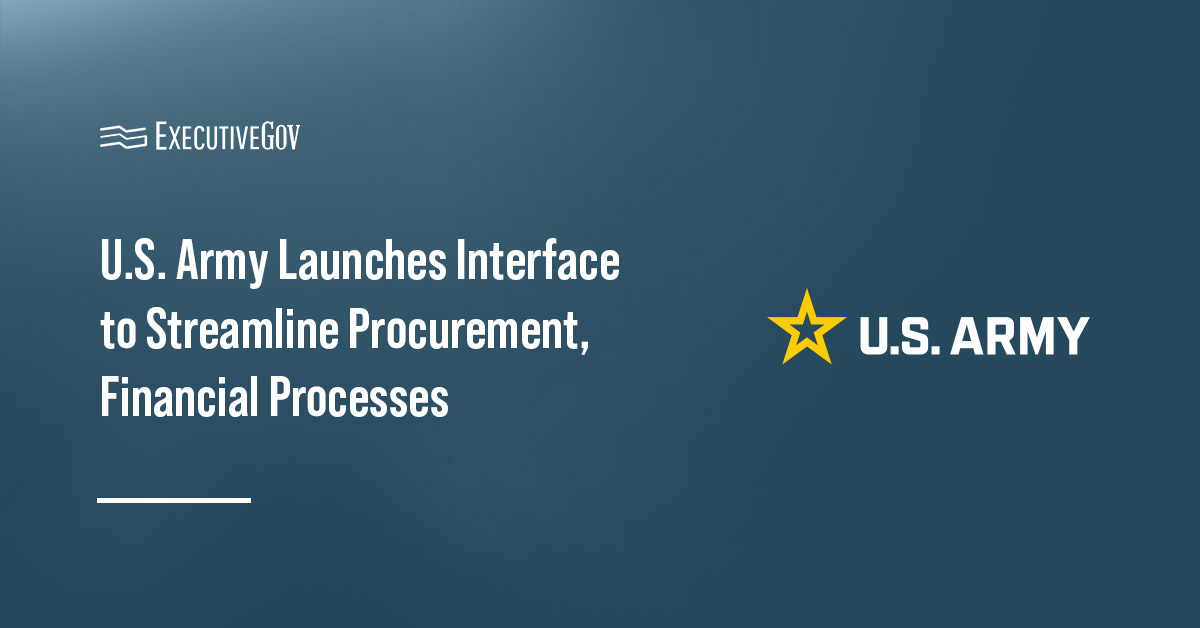The Senate on Wednesday voted 52-44 to confirm Joseph Kent as the new director of the National Counterterrorism Center, after President Donald Trump nominated him in February. In his role, Kent will be managing the agency established to collect and analyze intelligence aimed at preventing acts of terrorism and overseeing a workforce of over 1,000 personnel, according to the Washington State Standard. He will also report to Director of National Intelligence Tulsi Gabbard.

Join the Potomac Officers Club 2025 Intel Summit on October 2 to learn about the rise of new threats, technological advancements and geopolitical shifts in the intelligence community and listen to insights from top leaders.
Who Is Joseph Kent?
Kent is a Republican candidate who lost his seat in the U.S. House of Representatives in southwest Washington twice to Democrat Marie Gluesenkamp Perez, both last November and in 2022.
He is also a project manager for a technology start-up and a security consultant and sole proprietor at Perpetual. In 2018, he became an operations officer of the intelligence community. Before that, he was a troop commander at the U.S. Army Special Operations Command. He served in the Army’s 5th Special Forces Group for nearly a decade as a detachment commander, intelligence sergeant and weapons sergeant. He began his career as a soldier in the Army’s 75th Ranger Regiment.


